01730 622544

Hip Dysplasia in your German Shepherd
What makes our German Shepherds special
German Shepherds are known as very loving and friendly dogs. They’re also incredibly talented dogs, which is why they’re so good as show dogs, military and search and rescue dogs, as well as being loving and loyal companions at home.
Still, they’re also a breed who commonly experience hip dysplasia. It’s estimated some 19% of German Shepherds will develop hip dysplasia.
So be prepared to watch your dog for any signs of german shepherd hip dysplasia, and learn how to help your dog if they start experiencing hip dysplasia symptoms.

Signs of hip dysplasia in your German Shepherd include:
- Criss-crossing of their back legs when walking.
- Finding it hard to stand up from lying down.
- You may also see your dog favouring one leg over the other.
- Limping, hesitation or difficulty running, and ‘bunny hopping’ when walking.
- Reluctance to go up or down stairs, or getting in and out of the car.
- Showing signs of aggression if the hip area’s touched.
- Muscle wastage in the back legs.
- Generally you’ve noticed reduced activity.
Understanding Hip Dysplasia in German Sheperds
Canine hip dysplasia (CHD) is a disease, often genetic in origin, that generally affects large and giant dog breeds, but can also affect medium and, occasionally, small breeds too.
It’s primarily a disease of purebreds, although it can also sometimes occur in mixed breeds. A basic knowledge of the hip joint is helpful in understanding hip dysplasia, and the arthritis that occurs because of it. The hip joint (known as a coxofemoral joint) comprises a ball and socket joint that forms the attachment of the hind leg to the body.
The ball portion is the head of the femur (thigh bone) and the socket is located on the pelvis. In a normal, healthy hip joint the ball rotates freely within the socket. The bones are shaped to match each other perfectly, with the socket surrounding the ball. To strengthen the joint, the two bones are held together by a strong ligament. The joint capsule, a strong band of connective tissues, circles the two bones to provide added stability.
Where there’s hip dysplasia, the bony part of the joint structure is abnormally shaped. There’s also laxity (looseness) of the muscles, connective tissue, and ligaments that would normally support the dog’s hip joints. As the disease progresses, the articular surfaces of the two bones lose contact with each other. This separation of the two bones within the joint causes a drastic change in the size and shape of the articular surfaces, which become misshapen.
German Shephers are usually born with normal hips
German Shepherds with hip dysplasia are often born with normal hips, but due to their genetic make-up the soft tissues surrounding the joint develop abnormally. This leads to symptoms associated with hip dysplasia. The disease may affect both hips (bilateral), or only the right or left hip singly.
Understanding Hip Dysplasia and German Shepherds
As with many large breed dogs, German Shepherds have a known predisposition to hip dysplasia. Hip dysplasia in your German Shepherd is a polygenic, multifactorial disease; thus many genes are thought to play a role in its development, along with significant influences from environmental factors. It can also be caused by a traumatic fracture.
How to Diagnose Hip Dysplasia in German Shepherds
A diagnosis of hip dysplasia is made by a veterinary surgeon who’ll examine your dog and take x-ray of the hip joints. For a formal diagnosis, the radiographs are submitted to a panel for evaluation.
Canine hip dysplasia will be diagnosed if X-rays of the hips and pelvis reveal that the ball (head of the femur) and hip socket (in the pelvis) don’t fit perfectly together. This is because of a malformation of the ball and socket joint in one or both hips. Instead of sliding smoothly and creating fluid motion, the “loose” hips rub on the socket resulting in bone spurs that cause pain in the hip joint, lameness, or even degenerative joint disease. Osteoarthritis in an inevitable consequence of hip dysplasia.
If a German Shepherd’s been diagnosed with hip dysplasia, life expectancy might be affected although it’s difficult to predict by how much - sometimes not noticeably. It all depends on how early the hip dysplasia’s caught, how it’s treated and the efficacy of that treatment, the level of severity, and the age at which your dog first develops hip dysplasia.
Symptoms can start from when they're a puppy
Symptoms can often present when your German Shepherd’s still a puppy - between 6 months to 1 year old. It also has a tendency to start causing problems at between 4 and 7 years of age. It’s estimated that German Shepherds with hip dysplasia usually live for 7 to 10 years.
Canine hip dysplasia treatment options vary - they can encompass surgery, joint supplements, painkillers, and conservative management which can include use of a hip brace, weight control, physiotherapy and hydrotherapy, and wheelchair use. Sometimes owners will also try complementary treatments such as stem cell treatment, canine massage therapy, and acupuncture because they’ve heard anecdotally that these can be extremely helpful.
If your German Shepherd’s quality of life is being significantly affected by their hip dysplasia and/or accompanying arthritis, and they’re in chronic, severe pain, you’ll need to consider what’s the best and most humane option for them, in consultation with your vet.
As well as hip dysplasia, German Shepherds might experience other hip problems.
Other German Shepherd Hip Problems
When it comes to ailments, German shepherds typically show signs of hip and hindquarter weakness. Below are four common disorders of the hip and joint commonly seen in this breed:
Degenerative Myelopathy
As a German shepherd owner, you have likely heard of the fatal, chronic, and progressive disease called degenerative myelopathy that is most prevalent in this breed. Typically apparent between the ages of 5-14, degenerative myelopathy is a neurological disorder that affects the spinal cord and muscle coordination, ultimately leading to paralysis of the back legs within months. CHD shares several symptoms with early stages of degenerative myelopathy, including difficulty rising and jumping, and progressive weakness of hind limbs. As with any signs that something may be off with your dog, contact your veterinarian for a full exam.
Read more about Degenerative Myelopathy here

Canine Myasthenia Gravis
A rare neuromuscular disease, canine myasthenia gravis is a disorder of the signal transmission between nerves and muscles, resulting in progressive muscle weakness, and fatigue with mild exercise. This disease is not typically confused with CHD because the signs tend to show up on the face more than the hindquarters. Ortho Dog’s braces can support the weakened area, but as with CHD and degenerative myelopathy, the disease is irreversible.
Hock Walking
Similar to a human ankle, a dog’s hock is the joint at the back of a dog’s leg, between the lower third and the hind foot. Some German Shepherds consistently stand and walk on their hocks (due to an over-angulation of the hindquarters that makes one leg reach a 90-degree angle when extended to the back and the other leg’s hock may even touch the ground). This incorrect movement can put a strain on their hips, which causes them to walk with an irregular gait. Our range of hock braces and supports offer stabilisation and support to the hock to relieve stress on the joint.
Osteoarthritis
Most often seen in senior dogs, osteoarthritis is the inflammation of the hip joints due to cartilage deterioration. You may notice your dog moving a bit more slowly and having trouble with stairs. With less cartilage, bones can grind against each other and cause inflammation. Much like a human wearing a wrist or hand brace for arthritis, the Ortho Dog Hip Hound brace limits the movement of the joint, which helps with the pain. It doesn’t cure arthritis, but the limited movement helps relieve discomfort.
Conclusion
It can be upsetting seeing your beloved German Shepherd in pain and losing their mobility. However, treatments can really make a difference to the amounts of pain your dog’s experiencing, and prolong mobility. Discuss the best way forward with your vet and oftentimes a multi-pronged approach can slow the progression of the disease so that your dog’s still able to enjoy life.
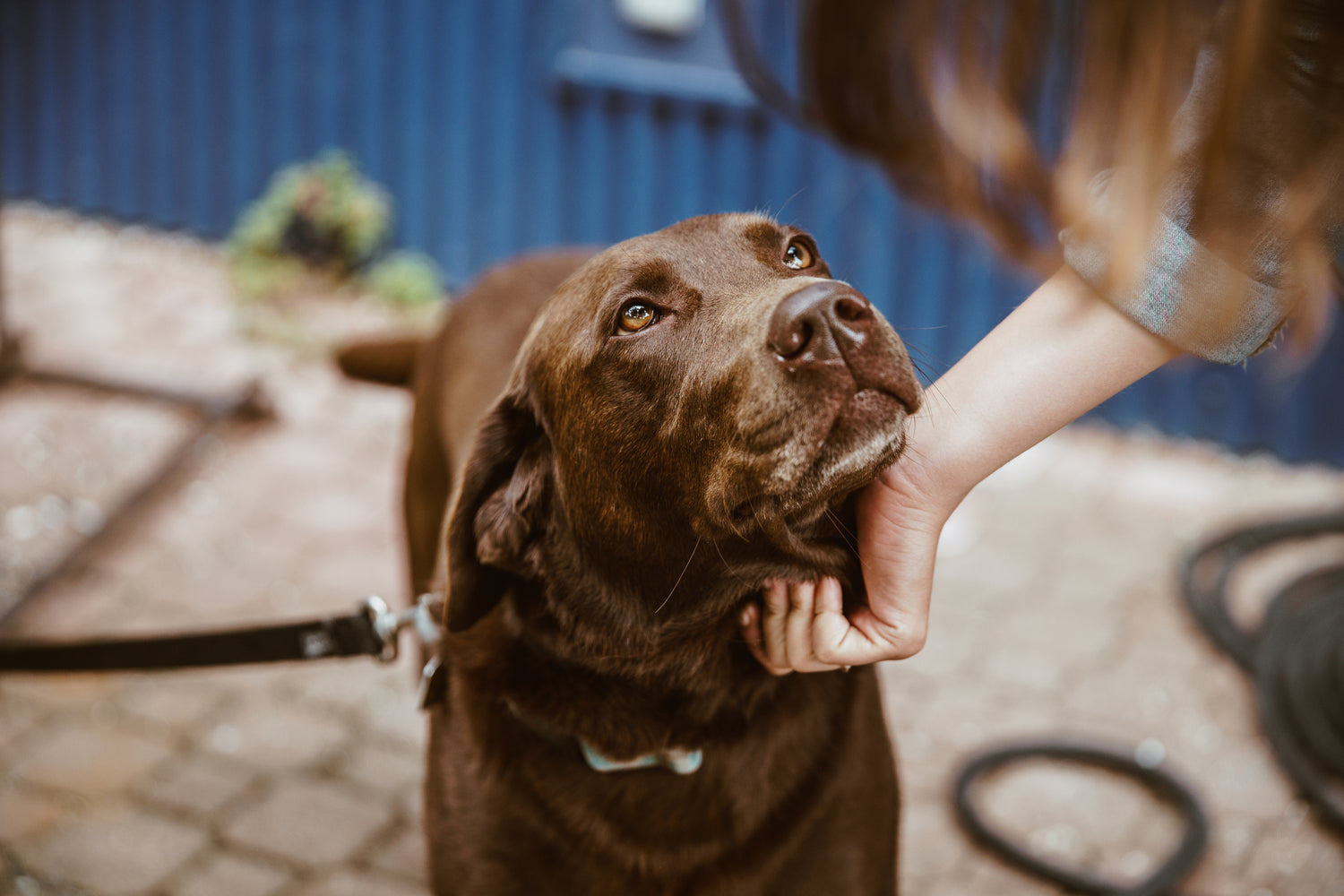
Looking for help with your dog?
We can help find the right solution for your dog
Feel free to give us a call on 01730 622544
or email us at woof@zoomadog.co.uk



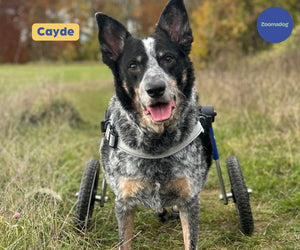
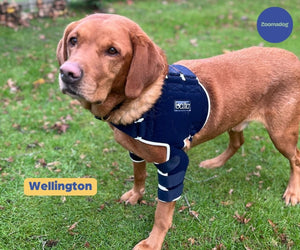
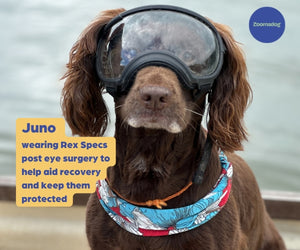

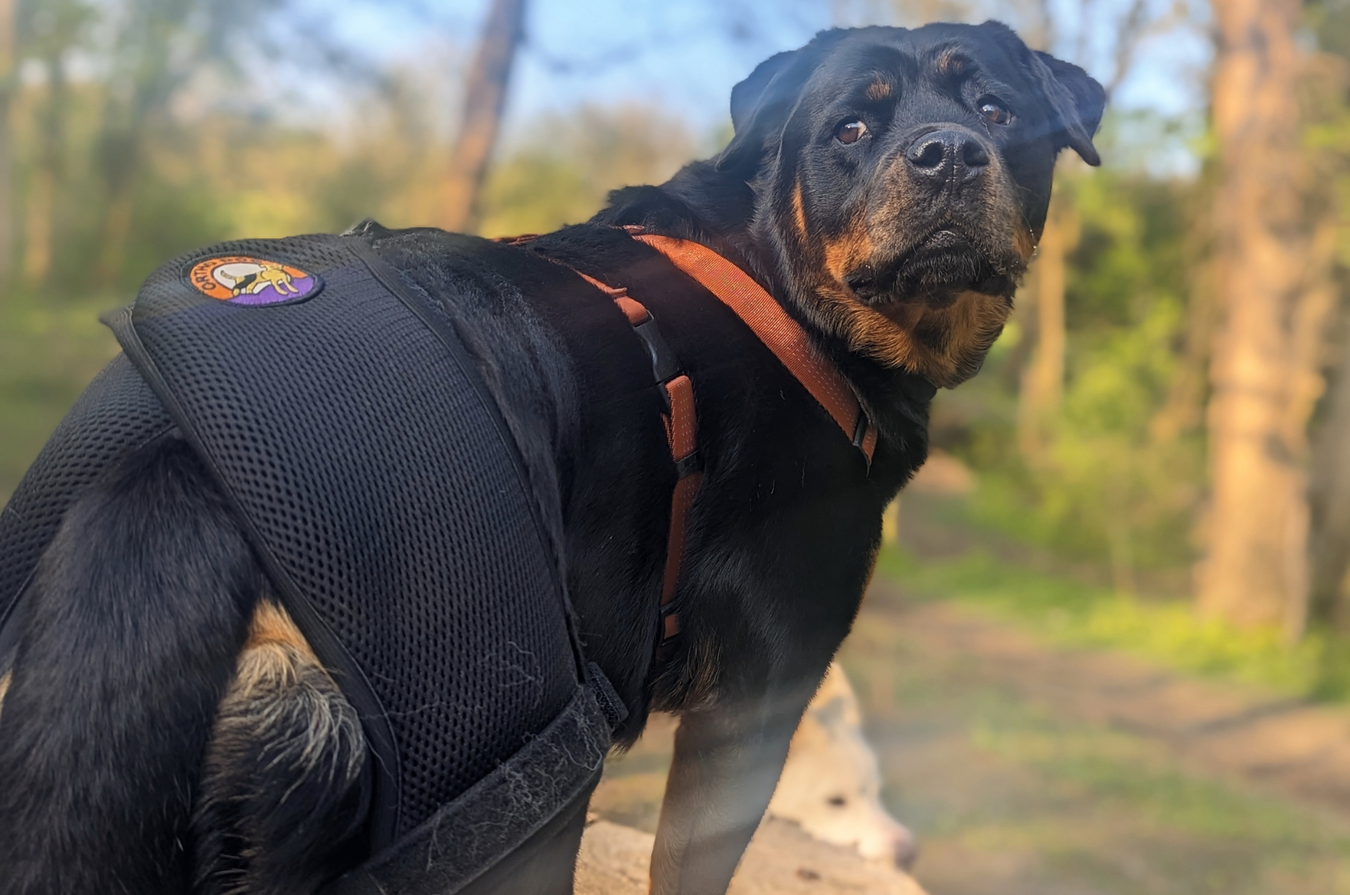
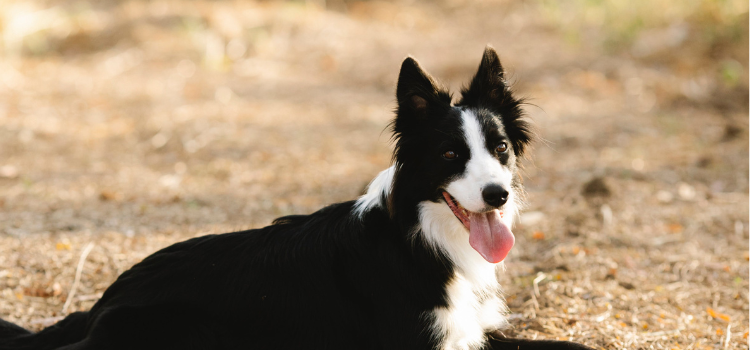

Comments
Leave a comment